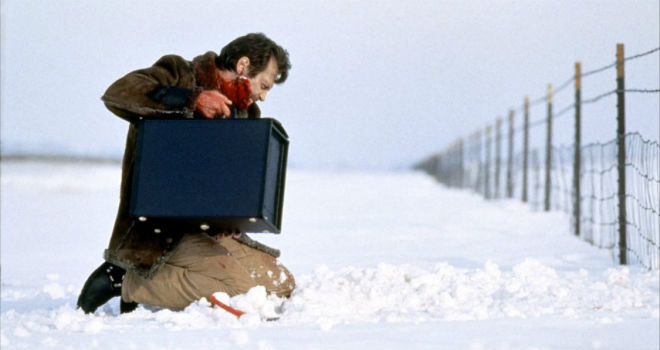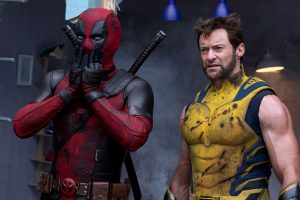Reviews include Deadpool & Wolverine, Doubles, and Mountain Queen: The Summits of Lhakpa Sherpa.
I’ll Take That, Thanks: Genre Films and Horror Hybridity
October 16, 2014
As much fun as their gene-splicing, cliché-mashing, and shameless pilfering can be, genre filmmakers may have become worryingly risk-averse. With Toronto After Dark 2014 creeping its way into town, Jason Anderson looks at Wyrmwood and Kumiko, the Treasure Hunter as examples of a mongrelized tradition defined by cross-pollination
One key characteristic of the contemporary apocalyptic thriller is that it’s less about the specifics of the threat in question as it is about the cutthroat survival tactics and grim psychological conditions of the not-so-lucky humans who are left to survive it. Of course, any Walking Dead fanatic can tell you that (and will probably do so at very great length).
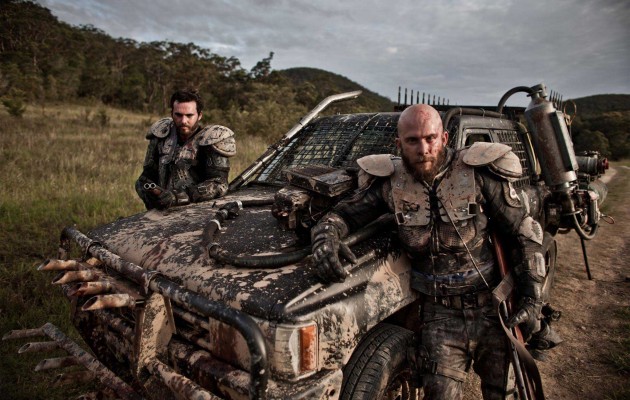
Wyrmwood, a grisly feature by Australian siblings Kian and Tristan Roache-Turner, certainly fits within the tradition in more than one respect. Faced with a pesky plague of ravenous zombies, many characters here respond by suiting up in customized goalie masks and armor-plated suits, welding steel grilles to the windows of their cars and prepping gas-powered harpoons.
And why do they devote so much time to these tasks instead of, say, amassing stockpiles of food and fresh water? Because this is just what survivors of Australian apocalypses do, dammit, and to do anything else would just seem not just wrong to the moviegoers whose lusts for mayhem must be sated but a betrayal of the warrior code of “Mad” Max Rockatansky.
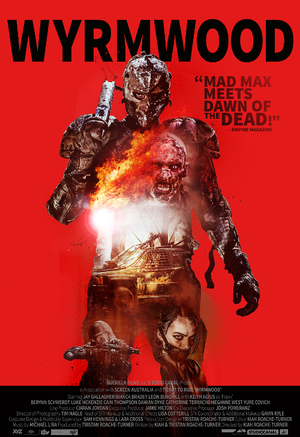
But like the rest of their genre-filmmaking brethren represented at a festival like Toronto After Dark, the Roache-Turners understand that no one really questions what’s been bought, borrowed, or stolen, so long as the stitched-together amalgamation is delivered with sufficient bravura. Indeed, the more carefully and successfully these directors are able to replicate the moves of their stylistic forefathers (Carpenter, Argento, Cronenberg, etcetera), the more cred they’re likely to earn from their audiences. When it comes to some of the most rarefied examples—like Ti West’s House of the Dead, Panos Cosmatos’ Beyond the Black Rainbow, Bruno Forzani and Helene Cattet’s Amer, Adam Wingard’s The Guest—it can be difficult to discern even the decade in which they were made.
That’s just one aspect of the paradoxical nature of genre cinema. For a species of film that promises so much in the way of visceral thrills, wild ideas, and new extremes, it has become increasingly conservative as the accepted boundaries and conventions of each subcategory (found-footage tales of the paranormal, zombie rom-coms, alien-invasion epics, neo-giallo slasher flicks) become further entrenched. As a result, the element of these films that’s most likely to inspire praise and admiration is not how well they allegorize the fears and anxieties that afflict viewers beyond the theatre walls, as Romero’s original Dead trilogy and Tobe Hooper’s Texas Chainsaw Massacre did during the late ‘60s and early ‘70s boom for American horror. Instead, it’s the savvy they display in regards to other movies.
Of course, that can still be exciting, and flattering to boot—what nerd doesn’t love playing spot-the-reference in Edgar Wright’s Cornetto Trilogy? But I wonder whether it’s a more limited, more stultifying kind of fun, however ingenious these films can be.
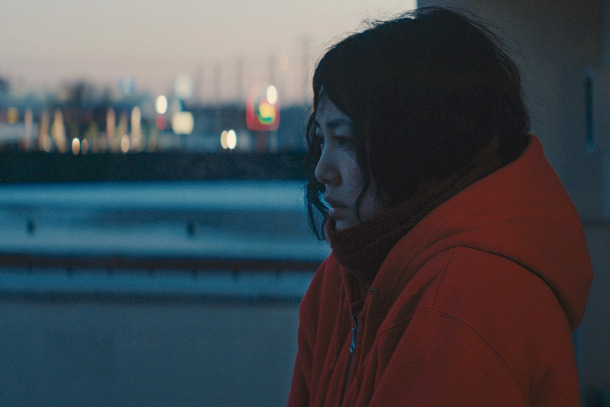
Kumiko the Treasure Hunter, another 2014 After Dark entry by a different brother team (Nathan and David Zellner)—out-geeks its competition with a plot that puts another movie at its very centre. Rinko Kikuchi plays a socially stunted Japanese woman who travels to wintry Minnesota on a quest to find the bag of cash that was still buried in the snow at the end of 1996’s Fargo. Students of the Coens who remember the movie’s bogus based-on-true-events epigraph will be tickled by the conceit, and the Zellners fulfill its potential with plenty of wry humour that’s perfect for the territory they seek to claim.
But the Zellners are also content to situate their viewers in a cosy corner of the Coen Universe rather than somewhere unfamiliar. And providing that jolt of the unfamiliar is something that has slid too far down the priority list for even genre cinema’s most proficient talents. That’s true whether the director is a critical darling—your Wests and your Wingards—or a crowdpleasing evil-doll obsessive like James Wan. Then again, they may only be responding to the appetites of viewers who pride themselves on “getting” all the references and knowing all the codes and conventions, and may prefer its shocks to be somewhat less than shocking.
